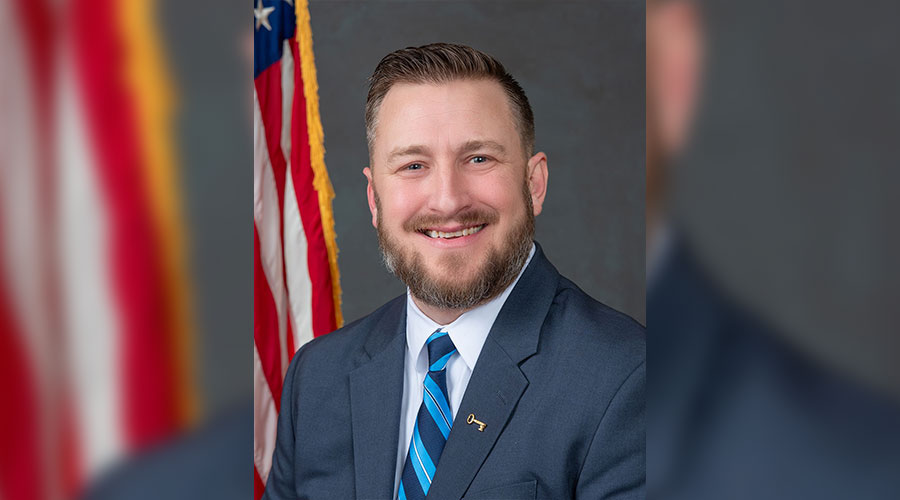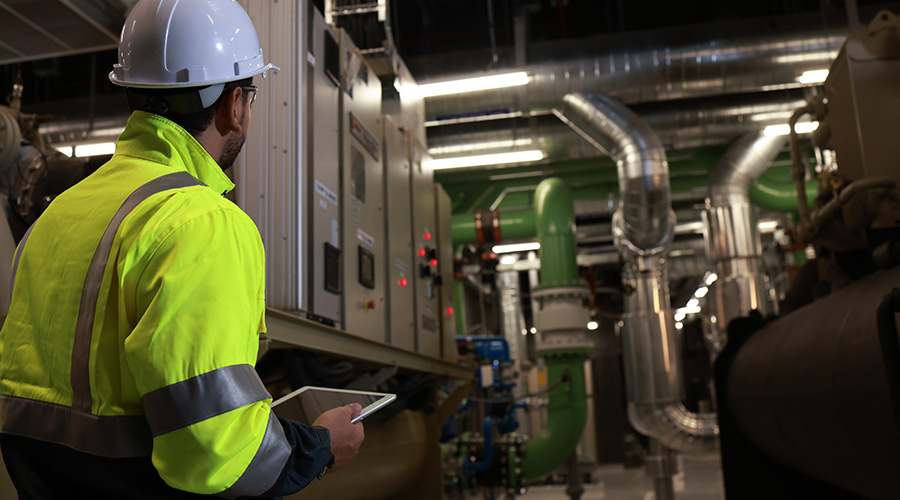In an Emergency, Take Care of People
Stories of facilities managers' resilience in a crisis illustrate how caring for your people now pays the most dividends.
By Edward Sullivan, Editor
In the past two decades, facility managers have had to deal with hurricanes, floods, fires, and pandemics. Many of those have had devastating local or regional consequences. But none has matched the global impact of the ongoing COVID-19 outbreak. Still, a look back at the way that facility leaders have responded to disasters of the recent past shows a common thread: a keen awareness of the human cost of the disaster and the great effort put into trying to take care of the people affected.
Those people, of course, include facility staff. In emergencies, the facility team may be called on to work long hours in difficult, even dangerous conditions. Making that physically possible is a key consideration in disaster preparedness. But there’s more to consider than providing food, bottled water, and cots.
A disaster takes a psychological toll, and facility managers can take steps to try to mitigate that impact. One key is to be aware of the impact of the disaster on the employee’s family. A good emergency response plan will provide support and flexibility to facility team members to help them address their personal responsibilities.
Times of crisis make it abundantly clear that facilities have a mission, one that always comes down to people. The ultimate purpose of facility management is to serve those people. Facility leaders understand that fact, and it shapes their thinking during emergencies.
In this month’s cover story, for example, Chris Wade recalls how his team helped keep power supplied to Walmart stores in New Orleans in the aftermath of Hurricane Katrina, so that stores could serve as lifelines to needed supplies in devastated communities.
After Hurricane Harvey slammed into Houston, Bert Gumeringer at Texas Children’s Hospital, shared the hospital’s food supplies with other hospitals that were running short, then worked with local restaurants to ensure that Texas Children’s had enough food so that it didn’t have to restrict outsiders from coming to the hospital.
Facility management is in many ways a technical job. And those responsibilities — for the roof, the heating and cooling, the lighting, and all the rest — are crucial. But the ultimate test of success is how well the facility team serves the people who depend on their work.
Related Topics:












